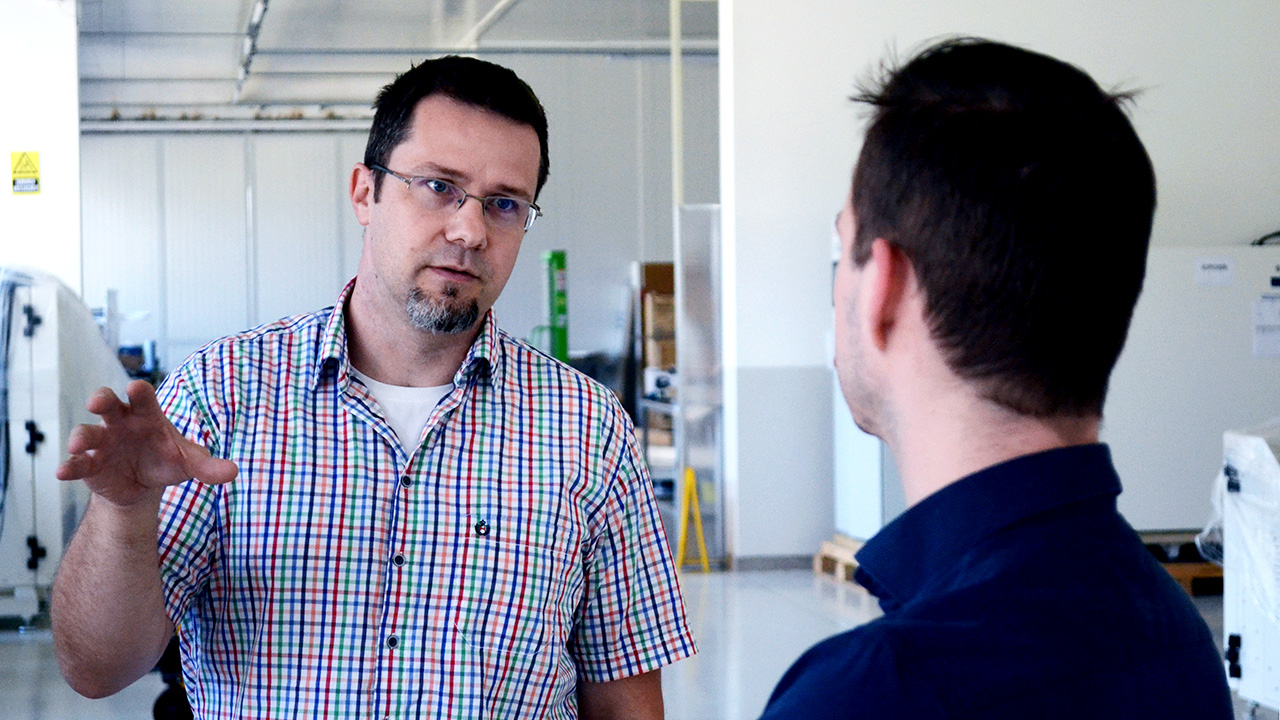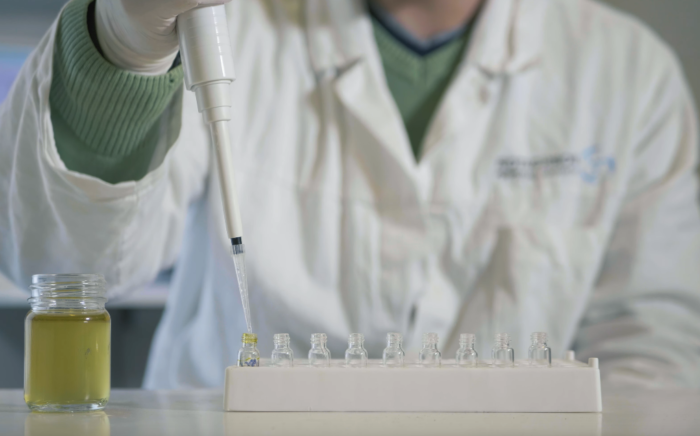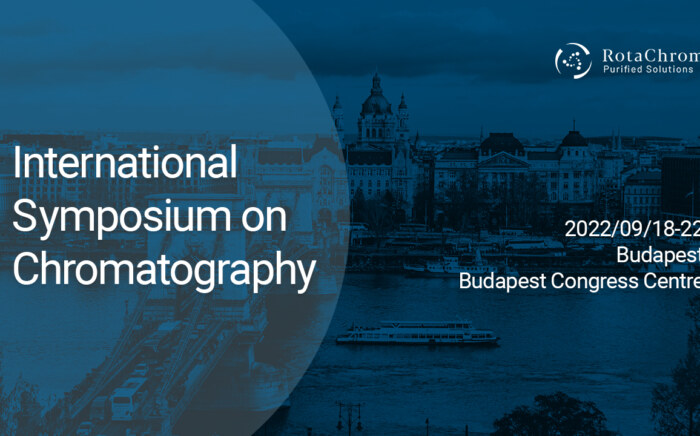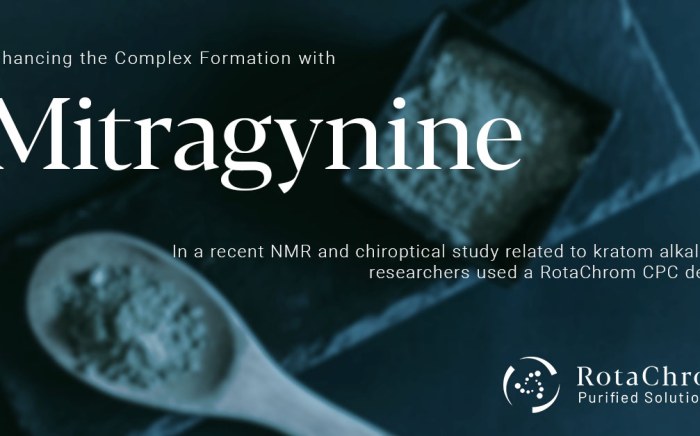Increasing separation efficiency by pH adjustment in Centrifugal Partition Chromatography
NewsVersatile and robust – This is the pCPC
RotaChrom’s pCPC is the largest and most versatile platform in the company’s product portfolio. It can be used for many different applications which otherwise need different methods and often different instruments. We interviewed András Gáspár PhD, our Chief Product Officer, to tell us why the pCPC is so versatile and exciting.
Could you give us a brief overview about what the pCPC is?
The pCPC is RotaChrom’s tailor-made system which can handle different types of purification tasks. It is a combination of two major components. The core instrument is the iCPC, RotaChrom’s industrial-scale Centrifugal Partition Chromatography device, which is integrated with a tailor-made solvent handling system. Such an integrated system enables you to choose between different chromatographic techniques, including separation, isolation and remediation. The platform can deliver a target compound in continuous batch mode, combining the highest possible throughput and purity on a process scale volume. It also minimizes the running cost as it utilizes the integrated and automated solvent regeneration system.
The engineering team of Rotachrom also came up with a dedicated process simulation engine. It helps clients define and predict the entire pCPC process, which results in a properly adjusted solution, independent of the task. This enables customers to plan and execute system installation and operation mode changes in the most efficient way.
 So, what makes the pCPC different to “regular” chromatographic devices?
So, what makes the pCPC different to “regular” chromatographic devices?
Typical uses of chromatography can be separation, isolation and remediation. All 3 are complex purification goals. In general, a solution can be optimized to perform just one of them. And if you want your machine to do more than one consecutively or even parallel, it takes painstaking method development and hardware modifications.
“The uniqueness of the pCPC is that it can be easily optimized to do any one of the 3. It’s super versatile.”
We understand that the pCPC can do all 3, but could you explain how this is possible? It sounds like a feat of engineering.
How this is done is with the help of the solvent recycling system’s “legs” the pCPC comes with. We have separate legs in the system for separation, isolation and remediation tasks, depending on the goal you set it up for.
Basically, whatever your goal may be, the solvent recycling system can be optimized to handle it. It is extremely flexible. Most platforms are nowhere near demonstrating this level of integration or flexibility, and this is what makes the pCPC so powerful.
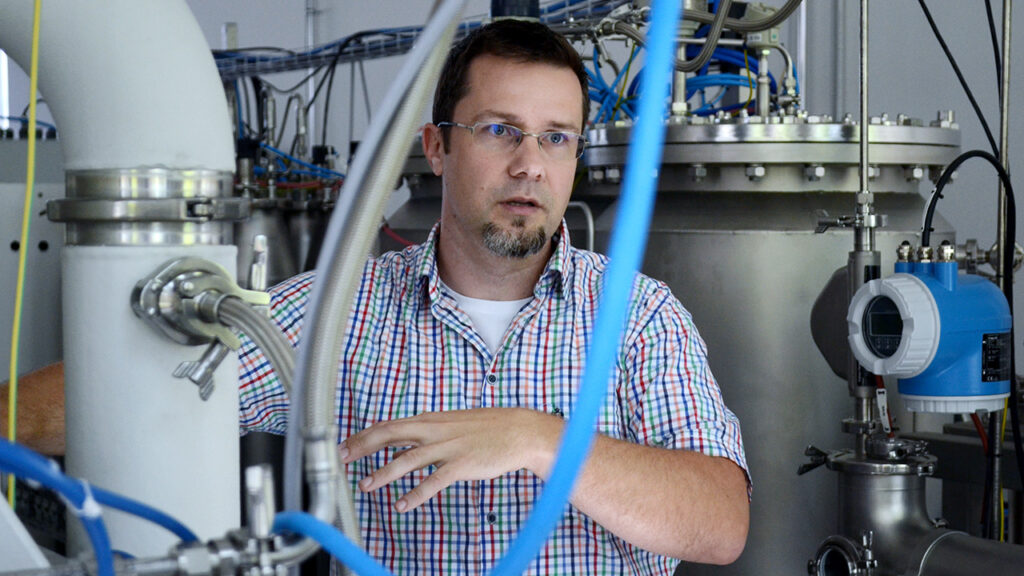 You mentioned that the pCPC can do 3 modes. Could you explain them a bit?
You mentioned that the pCPC can do 3 modes. Could you explain them a bit?
Isolation is performed when you focus on a specific Compound of Interest (CoI) from a complex matrix. This is a very challenging goal, which requires resolving power and capability to fractionate the CoI selectively. Targeting a single CoI within a complex matrix, which contain compounds with a wide variety of physico-cemical properties requires meticulous research and method optimization. Using the pCPC, however, this is just one of the 3 modes you can access.
During separation, we anticipate that the input matrix is simplified to a certain extent, and that it also contains at least 2 CoIs that are both in focus. However, they might often denote a chromatographic challenge during separation. Some of the best examples for such challenges are the separation tasks of isomers. With isomers, the individual CoIs demonstrate little to no differences that could help tackle the separation challenge. In this mode as well, independently of the task, the entire pCPC platform needs to demonstrate the necessary selectivity while also providing a constant solvent regeneration capability. This is mode 2 of the 3.
Mode 3, which is remediation, simply means the removal of components that are often unwanted. This is mainly because of the negative influence on the CoI’s efficacy. In other cases, the original matrix in its original form might be harmful to the environment or to the user. Remediation can also be the decontamination process of a valuable matrix. With the pCPC, we can remediate virtually any kind of impurity. It could be a health threat, a carcinogen, an environmental pollutant or a legally challenging compound. While remediation takes place within the iCPC part of the platform, the solvent handling system must be up for the challenge as well to ensure that the eliminated constituents are not reintroduced into the loop.
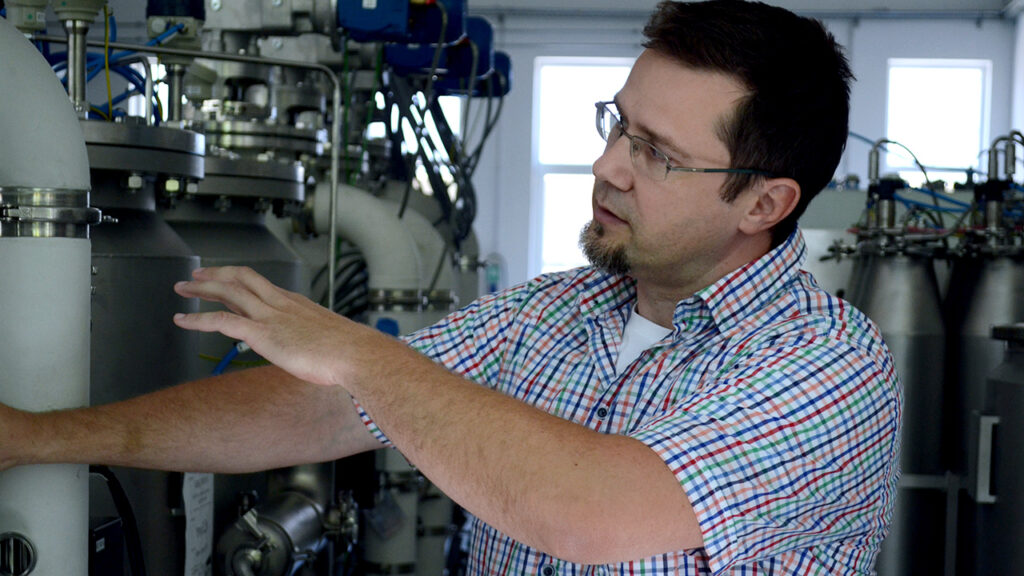 RotaChrom machines for any purification need
RotaChrom machines for any purification need
If you would like to learn more about how you could benefit from Centrifugal Partition Chromatography or our tailor-made auxiliary solvent handling systems, make sure to contact our experts and let them help you find the best solution for your unique business needs.
Click here to book a meeting with one of our colleagues.
If you would like to keep up-to-date about chromatography news and events, or would like to know when a conference is coming, click here to let us know.
Want to get in touch?
Fill in the form below so our representatives can contact you. We will also let you in on more information on our technology.
